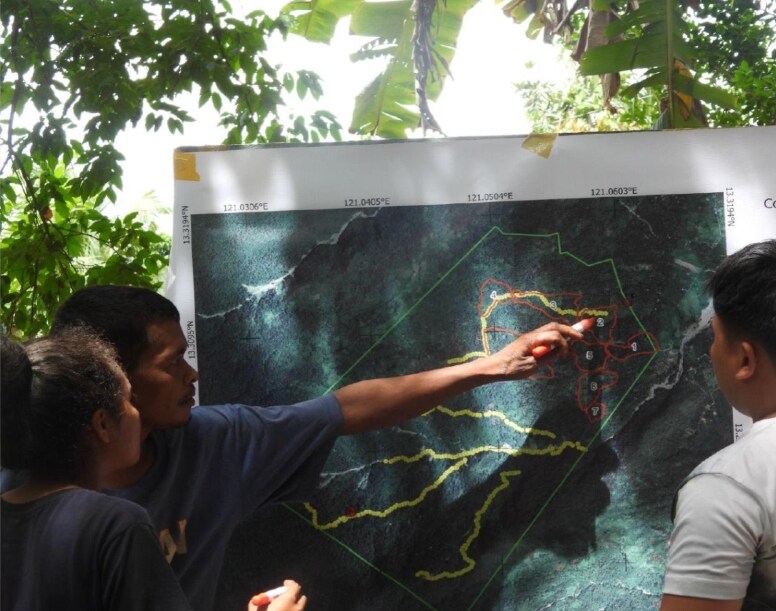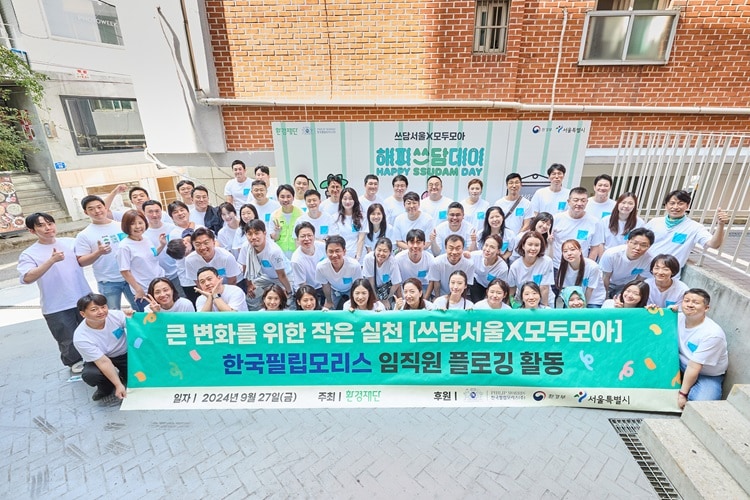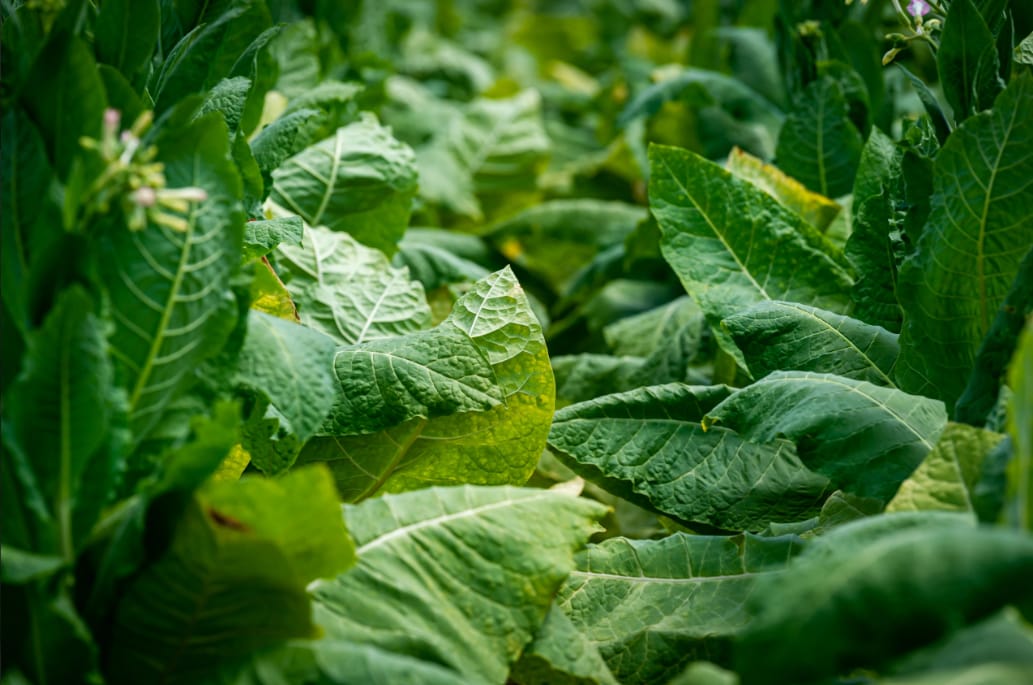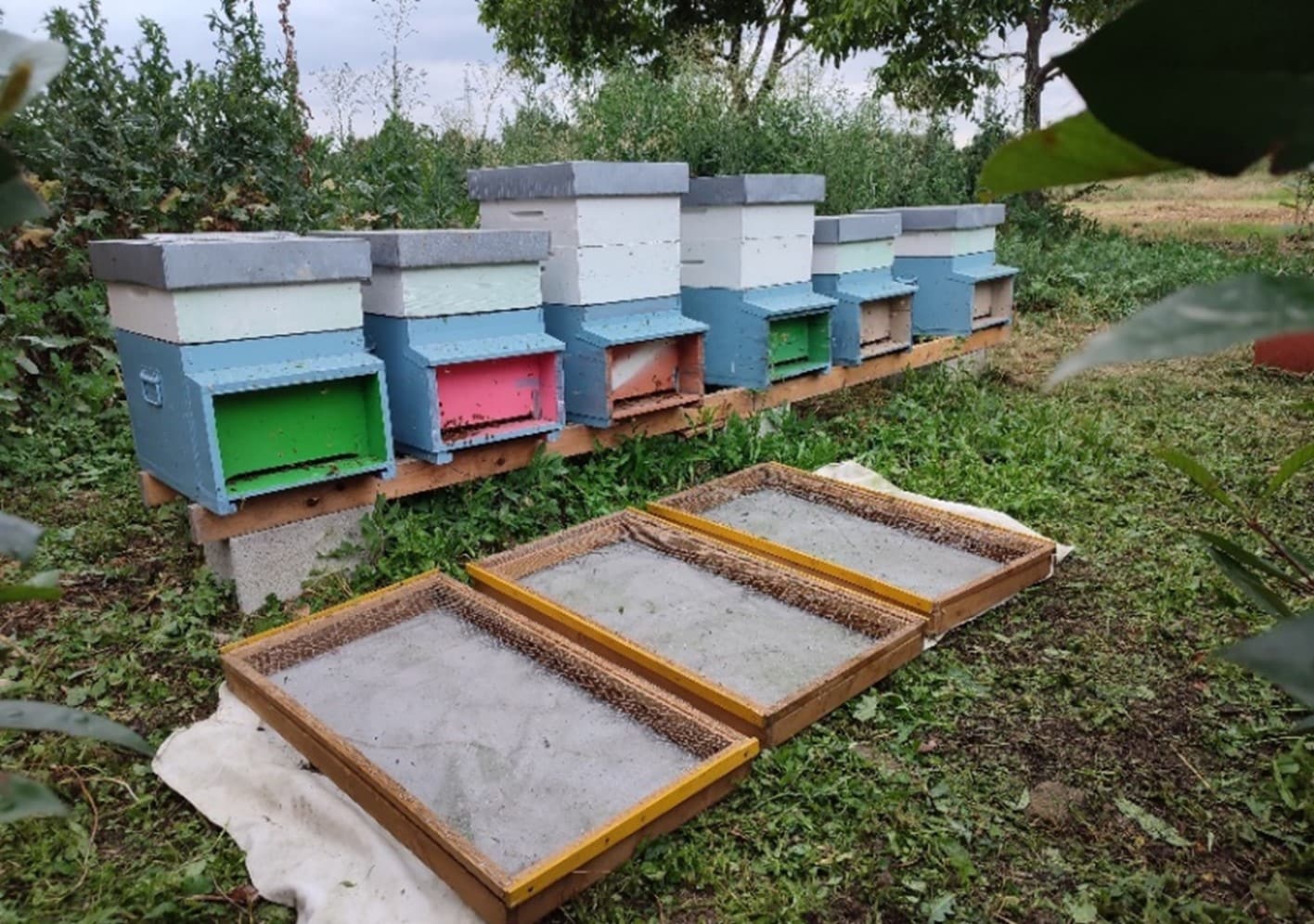In the lush landscapes of the province of Oriental Mindoro, a powerful story of resilience and renewal is taking root. At the heart of this narrative is the Alangan Mangyan community, one of the province’s seven indigenous groups, whose commitment to restoring their ancestral forests embodies hope and sustainability. After years of illegal logging that devastated their lush surroundings, the Alangan Mangyan people are now spearheading a transformative conservation project supported by Philip Morris International (PMI) and the Philippine affiliate, PMFTC Inc.
PMI has a bold aspiration to achieve a net positive impact on forests associated with its tobacco supply chain by 2025. In the Philippines, these efforts encompass a 61-hectare forest restoration project near plantations which provide tobacco leaf for PMI. This project is being realized through a collaborative effort involving the Center for Conservation Innovation Philippines (CCIPH) and the Alangan Mangyan community, who are working hand-in-hand to breathe new life into their environment.
“Preserving the forest is a pivotal component of PMI and PMFTC Inc.’s environmental stewardship efforts,” said Jane Li from PMI Leaf Sustainability, and the lead coordinator of the reforestation project, which is “aimed at combating deforestation and actively safeguarding forest ecosystems within and beyond the tobacco supply chain.”
A call to action
Pastor Sawi Villar, a prominent leader from the Alangan Mangyan community, has been a driving force behind this project. “I really see that the mountains below Mount Halcon, here in Baco, are already giving way,” he said. “The beauty of planting trees is that it can truly restore the forests that have disappeared here.” His words reflect a profound understanding of the interconnectedness between their cultural identity and the health of their land. The Alangan Mangyan know that their future is intricately linked to the restoration of their forests.
The overarching goal of the project is to restore a 61-hectare area in Baco, Oriental Mindoro, aimed at enhancing biodiversity, sequestering carbon, and providing sustainable livelihood opportunities for the Alangan Mangyan community.
A rich biodiversity at stake
The island of Mindoro is renowned for its extraordinary biodiversity, yet its forests are under threat. Since the mid-20th century, the island has lost a significant portion of its forest cover, and this drastic decline has endangered many species and disrupted the delicate ecological balance.
Recognizing the urgent need for action, the Alangan Mangyan approached the National Commission on Indigenous Peoples (NCIP) to advocate for a forest restoration project. Their call was met with support from the CCIPH and received funding from PMI, paving the way for developing a specific restoration plan.
The project is sited within a 688.9-hectare High Conservation Value Area (HCVA) across Sitios Bituin and Sinunog within the Certificate of Ancestral Domain Claim 124 (CADC 124). An HCVA assessment revealed the area’s ecological significance, documenting
49 bird species, 17 mammal species, and a wealth of plant life. Among them are endemic and threatened bird species such as the Mindoro Boobook and Mindoro Imperial Pigeon, underscoring the importance of conservation efforts in this region.
Community engagement and empowerment
The Alangan Mangyan’s deep-rooted knowledge of their land is vital to the restoration process, and their traditional ecological practices, honed over generations, are essential in nurturing the forest back to health. The project has also drawn support from various stakeholders, including local government units, Mindoro State University, and the Philippine Army, all united by a shared vision of restoration and sustainability.
Challenges were inevitable, including securing permissions and addressing the concerns of local leaders. However, through persistent dialogue and relationship-building, trust was cultivated, ensuring collective commitment to the project’s success. Carmen Payayao, a local community member, expressed her hope and gratitude for the project, saying: “Our place was once beautiful, with breathtaking scenery, towering trees, and birds singing around. We held on to hope and kept wishing, until our prayers were finally answered.”
Milestones of success
One of the project’s most significant achievements has been the establishment of nurseries and the planting of over 57,000 native seedlings across the 61-hectare site. This hands-on involvement in seed collection and nursery management showcases the community’s commitment to the project. Each seed planted symbolizes not just a restoration of the land, but a revitalization of hope for the Alangan Mangyan people.
This project transcends mere reforestation; it is a powerful exercise in self-determination and empowerment. As the community participates in sustainable practices, they are also creating economic opportunities by supplying native plant species for reforestation efforts beyond their immediate area.
“Now, although it’s only been a year, they hope that our program will continue because, aside from being a big help to their livelihood, it is also helping the environment around them,” said Jhaynhell Fidelino, Project Coordinator from CCIPH. “And they want to pass on this restoration program to future generations.”
A vision for the future
The success of the project serves as an inspiring model for other communities throughout the Philippines. The Alangan Mangyan’s journey illustrates the power of collaboration, cultural heritage, and community engagement in the fight against environmental degradation.
The forest restoration project also empowers the Alangan Mangyan community, ensuring that they can thrive alongside their revitalized environment. As they restore their ancestral lands, they are also nurturing a legacy of sustainability and resilience that will inspire the next generations.
In this remarkable journey, the Alangan Mangyan are reimagining their future, proving that, together, communities can rise to the challenge of restoring the planet. Their story is a testament to the enduring strength of indigenous knowledge and the profound impact of community-driven conservation efforts.






